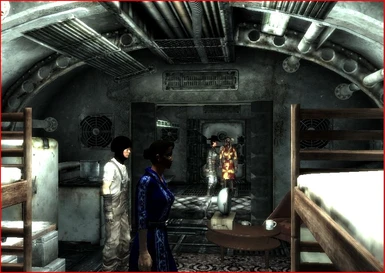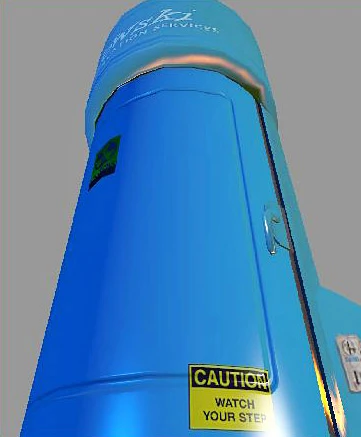

However, a reporter somehow managed to sneak into the core engine room before the event, and was accidentally vaporized during an engine test.

In February 2077, ArcJet planned to hold a press event to show off the first USSA test of the XMB booster engine. īy 2077, ArcJet was able to finish the deep range transmitter project, allowing the company to receive the proceeds from the contract. In November, McClellan was able to fix the engine's weight issue, allowing ArcJet to complete its initial development. In July, the USSA announced the Mars Shot Project to the public, resulting in increased media coverage of ArcJet, causing Reinhardt to lie about the engine's progress. Reinhardt also became increasingly paranoid about security, and had turrets installed in the office areas and required all staff to wear special identification badges or risk being fired upon. In February 2076, the XMB suffered a setback when it was discovered that it was hundreds of tons over the weight allowance required by the USSA, setting the project potentially three to six months behind schedule. By December 2075, both contracts were on schedule and under budget, and the USSA was considering the possibility of awarding ArcJet with additional future projects.

Reinhardt also ordered his head of security, Sam Brent, to double the facility's security and install automated security systems. Rory McClellan, a private military contractor, to lead the development of the XMB booster engine. CEO Thomas Reinhardt promised the USSA both projects would be finished by July 2077, a year before the expected Mars project launch date.Įager to deliver on ArcJet's first federal contract, Reinhardt hired Dr. Despite the risk of starting work before receiving the contract, the gamble paid off when the USSA awarded ArcJet both the contract for the booster engine and the related contract for a deep range transmitter. In 2075, ArcJet began working on a nuclear-powered rocket, the XMB booster engine, in hopes of convincing the United States Space Administration to award them a lucrative contract for the government's Mars Shot Project. In 2287, this facility originally owned by the pre- War military and civilian aerospace company ArcJet Systems lies abandoned.


 0 kommentar(er)
0 kommentar(er)
